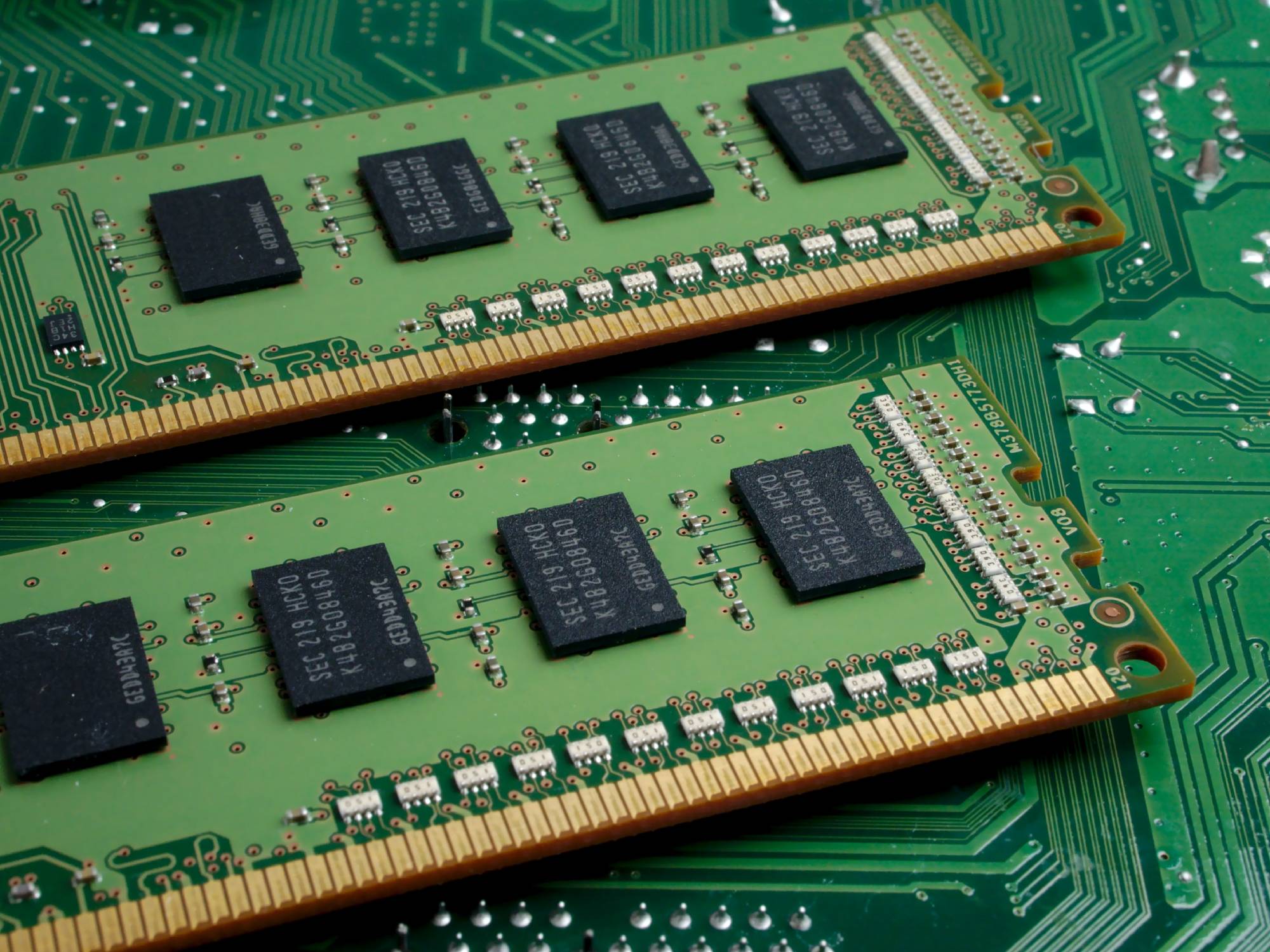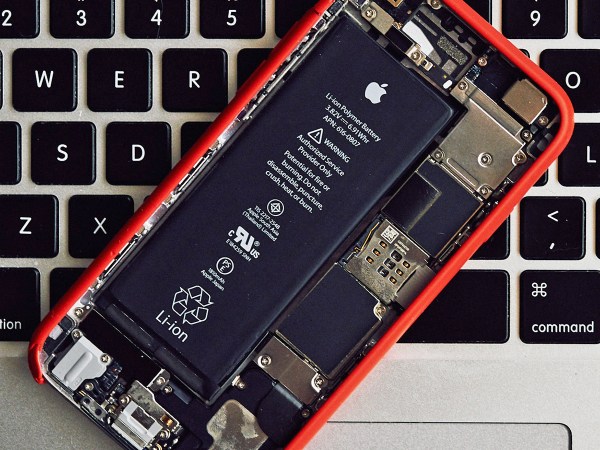

Working remotely has become the norm, and that means work laptops are seeing even more wear and tear. Or, even worse, your laptop is at the end of its life and beginning to chug as you try to get work done.
Instead of waiting for your IT guy to find, pack, and ship a new laptop, you can take matters into your own hands and give your work laptop an overhaul to get it back into tip-top shape.
Before you begin
Don’t even think about doing anything to your work laptop before checking your company’s IT and device policies. Depending on their concerns, and what contracts they’ve signed with clients, you might be limited in what you’re allowed to do. Also ask if they have a “bring your own device” policy, and see if another laptop you own fits the bill.
If they give you the green light, the next step is to get a full list of the machine’s specs, including any information on the make and model, which you can find by looking at the bottom of your laptop. This will give you a shortcut when determining whether a part or external gadget will work with your machine. Take note of what ports you have, and whether or not they’re powered—the more ports, the more you can add.
[Related: Add USB ports to your outlets without springing for an electrician]
While you’re checking the bottom of your laptop look for removable panels and access points. Ultralight, newer laptops tend to have more parts glued into place, or to be made entirely out of one piece of metal. In some cases, cracking open the case is impossible, so you’ll be stuck with external accessories for those.
This is also a good time to back up your files. Put anything you need easy access to into cloud storage, and everything else onto a USB stick or an external hard drive.
Once that’s done, clean out any files you don’t need and perform some basic maintenance, like defragmenting your hard drive. This will improve performance by getting all your information in one place, and give you more room.
Improving performance
There are some quick ways to improve your laptop’s performance, in some cases with stuff you already have at your desk.
Start with your RAM. This is your computer’s “short-term memory,” where they store all the data they need to keep things running—and there’s only so much of it to go around. When the built-in RAM runs out, your computer will start using your hard drive’s memory to keep the system going. This isn’t ideal: Hard drives have strict speed limits thanks to their moving parts, so programs will slow down waiting for data to come. USB sticks, though, are limited only by the speed of your USB port, so you can turn them into “virtual RAM” with a few clicks.
In Windows, connect the USB drive and, in File Explorer, right-click on its icon. Choose Properties and under the ReadyBoost tab, select Dedicate this device to ReadyBoost. Click on Apply and OK, and finish by rebooting your machine.
There is one caveat—your USB stick will burn out faster than it normally would, due to the high workload. It’s a good idea to dedicate a few sticks specifically for this job, and remove any files you have stored on them first. You don’t want any of these flash drives to die on you while storing important files.
If your hard drive is taking forever to open large files, consider an external solid-state drive, or SSD, which you can also connect via USB-C. SSDs have no moving parts, so they’re much faster than traditional magnetic disc drives. They usually set themselves up automatically and are portable as well, so it can come with you.
If work for you involves a lot of graphically intense tasks like CAD design or data visualization, an external graphics processing unit, or GPU, can help out. External GPUs are more popular among gamers, but they can work for any application, and if you have a spare graphics card, you can buy an enclosure for it and plug it into a port without having to open up your laptop.
Adding more ports or upgrading virtually
You can upgrade pretty much anything on your laptop, from the keyboard to the camera, by connecting it to your machine’s ports. But Josh Smith, a threat analyst with cybersecurity firm Nuspire, says you need to be careful where you get your gadgets, as they could be modified to infiltrate the systems of unsuspecting victims.
“Devices could be planted with backdoors and keyloggers that make these devices ripe for fraud, theft, or something more nefarious,” he explains.
Before you plug anything into your computer, do your research and make sure you’re buying from reputable sources, warns Chris Hickman, Chief Security Officer at online security firm Keyfactor.
“Look for products which are certified, recommended, or endorsed by the laptop vendors,” he says.
If you’re sick of everything about your laptop and just need the processor and hard drive, it’s time to get a docking station, generally called a dock. Docks are accessories you connect to your laptop to essentially turn it into a desktop machine, with more USB ports, a monitor connection and in some cases even more oomph for graphics and other tasks. These are most handy when you’ve got a dedicated workspace to set it up in, or need more or different ports than your laptop offers.
But a dock is not an end-all solution. First, getting one doesn’t mean you can connect anything to it—for example, if your laptop’s graphics card can’t support the high resolution you want on your monitor, a dock likely isn’t going to change that. Second, you’ll lose mobility as you’ll be tied to your home desk.
Upgrading audio and video
Videoconferencing is crucial to remote work, but unfortunately not every laptop is built for it. Older models might have poorly placed microphones and cameras (such as one right above the keyboard, perfect for looking up your nose,) or have resolution limits that leave you looking blocky.
If your camera stinks, look at the external ones you already have. Action cams like the GoPro have webcam apps and modes, and you can place them anywhere you’d like with a suction cup mount. You’ll just need to remember to keep them charged.
Any camera is dependent on how much light is shining on its subject. The lower resolution of the camera, the more light you’ll need. If your laptop is making you look bad, literally, use a USB-powered light source to see if you get a better look. There are LED panels or ring lights that clip to the top of your laptop, or stick to the back with a suction cup, to put a light directly on your face. Get one with adjustable brightness and color settings, so you can fill in shadows, and tweak it so you’re happy with how you look on video chat.
A Bluetooth receiver can strip a few wires out of your workspace while giving you better audio. There are some out there you can plug into a headphone jack and pair with the headphones you already have, giving you an instant audio upgrade. Just as with an external camera, you’ll need to keep them charged, so consider putting a USB hub on your desk to keep your batteries topped up.
Gut upgrades
If you’ve gotten the all-clear from your IT department, or work for a company with a bring-your-own-device policy, you can go even further by swapping out some internal parts. Replacing or leveling up your battery and RAM memory are two of the easiest hardware upgrades. But they both require you to get up close and personal with your computer’s guts.
But before you open up your machine, get an anti-static wrist strap, as even small amounts of electricity can fry components.
Depending on the age and design of your machine, you might need specialized screwdrivers called Torx bits. These have a star shape to them and you can find a set at auto supply stores, bike shops, and online. Once you get the tools you need, make sure the parts you’ll be replacing can work with the RAM and processor you have. Check their required specifications on the manufacturer’s website.
The battery is the easiest part to upgrade or replace. Consult your laptop’s manual to check if you can swap out the battery. If it’s possible, there will be instructions on how to do so, usually by popping it out and swapping in a new one. The battery should slide in and click firmly into the electrical connections. If it’s too loose, or too tight, don’t force it in.
[Related: One telltale sign it’s time to replace your laptop battery]
Stick with the original manufacturer for your battery if at all possible, since that will generally keep your warranty and limit frustration. If you have to buy a third-party battery, verify with the manufacturer that it’s compatible with your model. You may also want to check user reviews for people with the same laptop.
Memory, more specifically the RAM in the motherboard, is a cheap way to get more from your computer—the more RAM it has, the faster it’ll go. However, the motherboard will determine how much RAM your laptop can take, so before you try anything, check the user manual for that maximum amount.
RAM clips into the motherboard, so depending on where in your machine that is, it may be really easy to get to it—or really hard. If you can access it, just pop up the current RAM and swap in your new module. When you’re done, boot up your computer and make sure everything works fine before you screw everything back together. If you see any problems, reverse course by popping in the old RAM module back into place.















